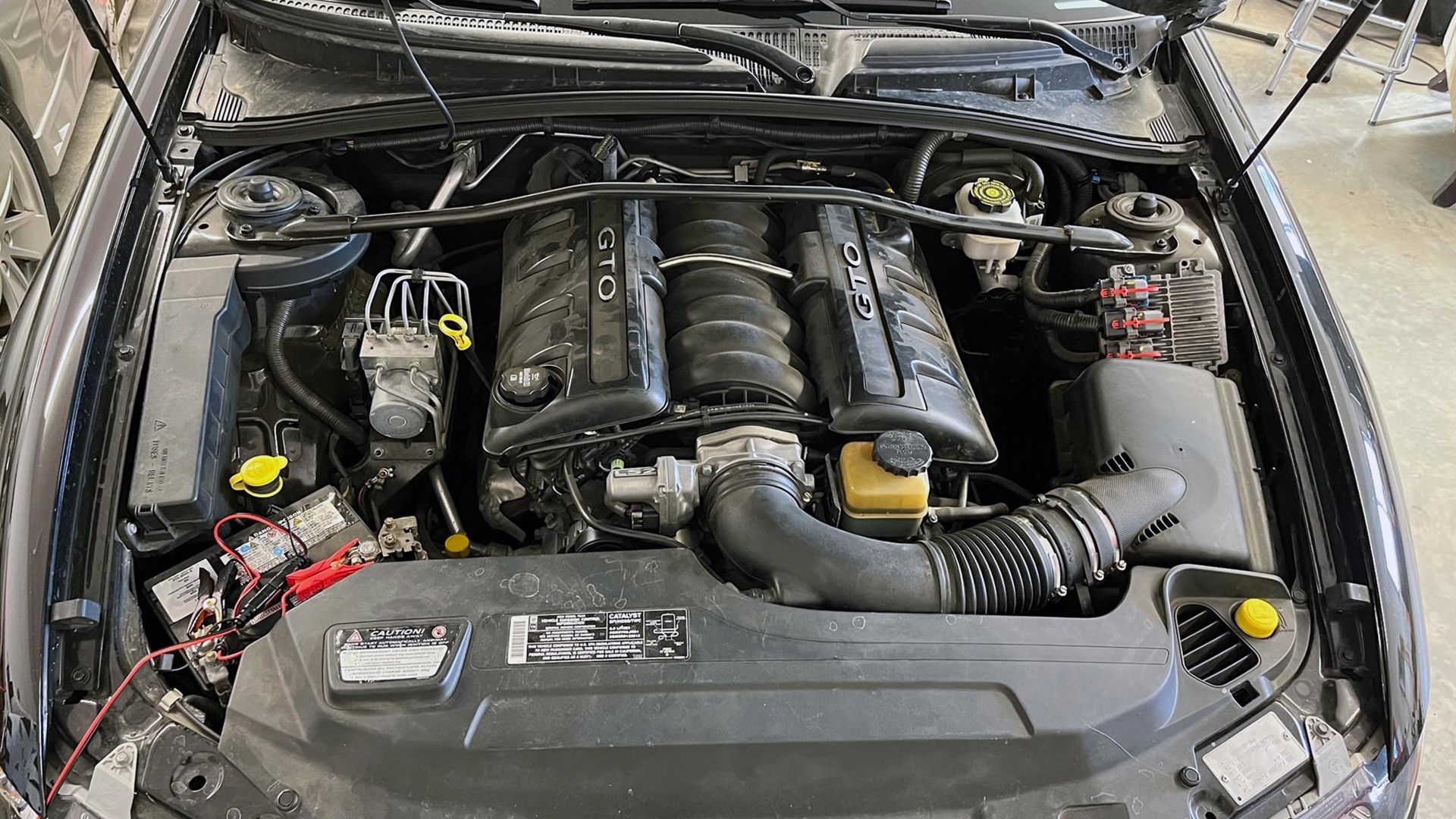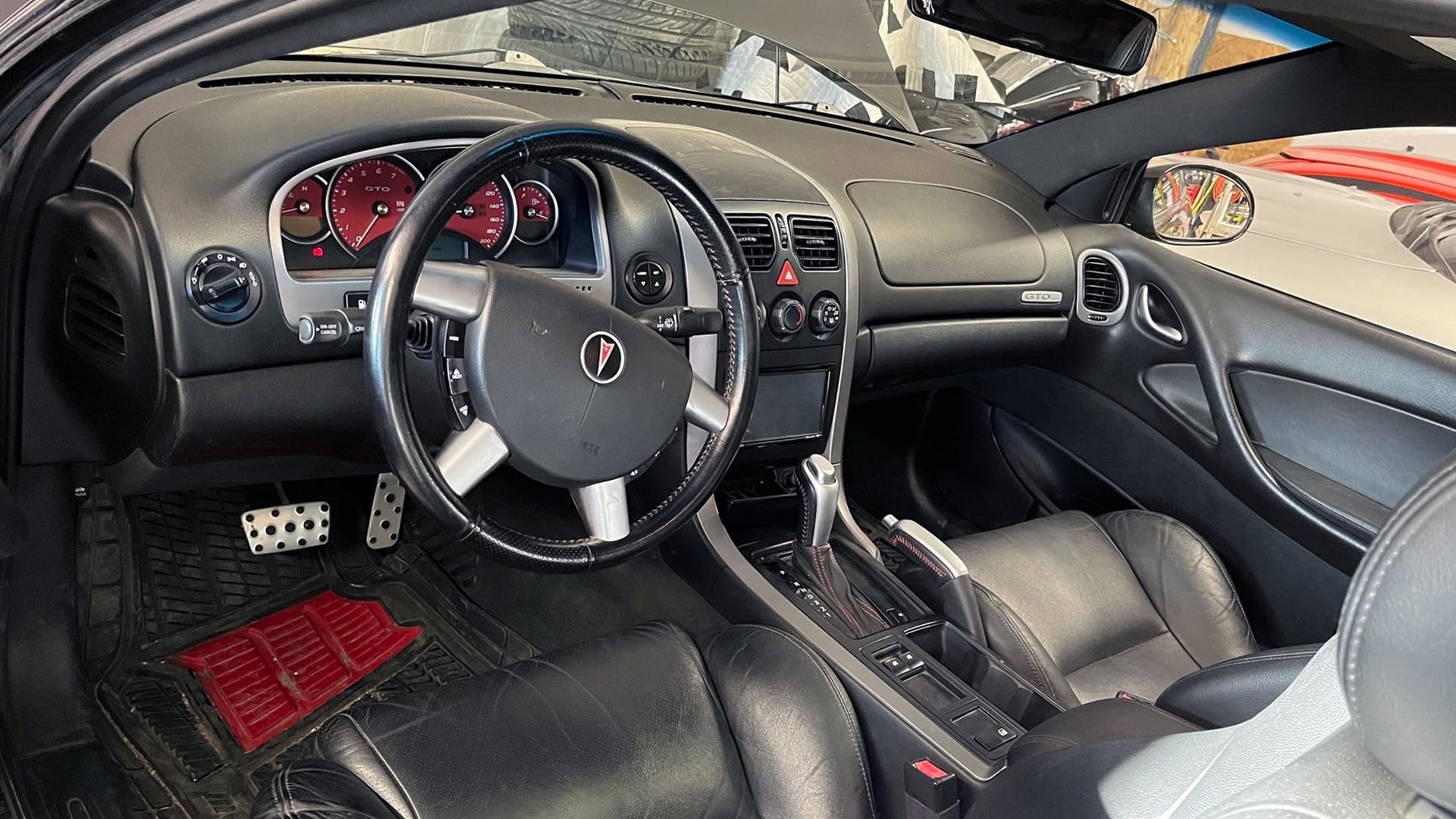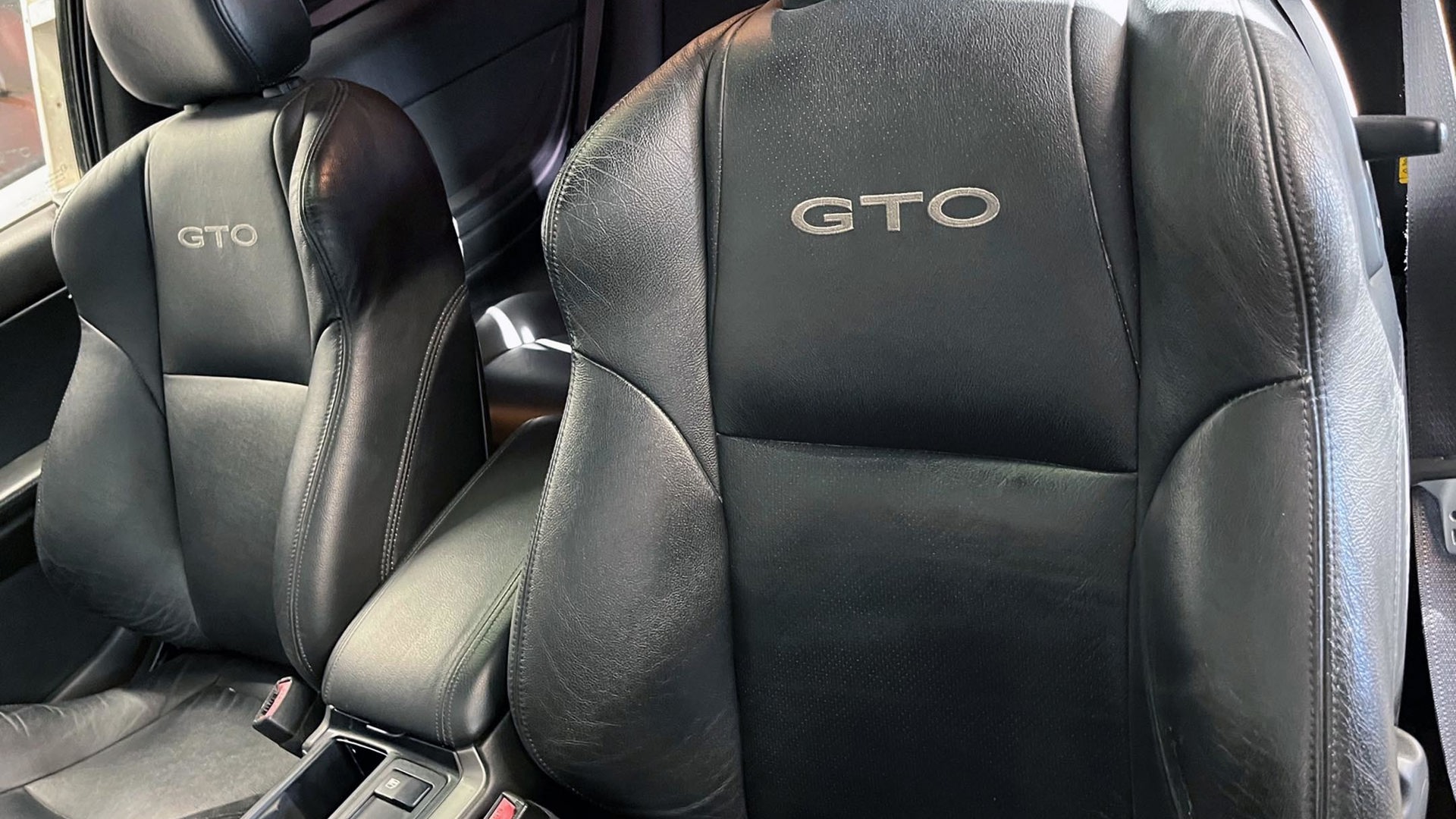If you’re a Canadian of similar vintage as me (read: millennial), then your first glimpse of the fifth-generation Pontiac GTO was not in the showroom of your local dealer.
It was most likely in the digital showroom of Need for Speed: Underground 2. Are you hearing it right now? The Snoop Dogg version of Riders on the Storm in your head? Yeah, me, too.
As a 14-year-old, I had no idea that General Motors (GM) had revived the legendary Pontiac GTO until a video game told me so. At the time, my mother was considering buying her first new muscle car since having sold her beloved Ford Mustang a decade earlier. I knew what I was doing. Anything mom bought now, I could steal for a joy ride in a few short years. I was laying the groundwork for future hooliganism.
Imagine my teenage disappointment when mom had to cross the new GTO off her list of potential purchases because the car simply wasn’t available in Canada. This was frustrating because it was available in some form or another just about everywhere else in the world.
Despite debuting as an original concept in 1999 (showcasing many design elements that would carry over to the fifth-generation Chevrolet Camaro concept), the Pontiac GTO would eventually be reborn for the American market as a rebodied version of an Australian car – the Holden Monaro. In the United Kingdom, the car was branded a Vauxhall; in parts of the Middle East, it was a Chevrolet Lumina SS.

As the legend goes, then-GM North America chairman Bob Lutz had the idea of importing the vehicle after reading a Car and Driver review of the Holden Commodore SS, published around 2000. The Car and Driver article asserted that the V8-powered, rear-wheel-drive Commodore SS was one of the best vehicles GM produced, but bemoaned it could not be purchased in the United States. Lutz allegedly later drove one during a business trip in Australia, which further cemented his belief that the car could be a winner in the U.S.
However, Lutz allegedly had a difficult time selling the idea to the GM executive hierarchy, who wanted to promote regional autonomy between GM North America and its overseas divisions. More than 20 years on, we know this to be an objectively poor strategy, with global vehicle platforms now ruling the supply chain. But at the time, regionality was the way of the world.
This debate resulted in an “unnecessarily long gestation period,” as Lutz put it, and the project was rumoured to have been far more expensive than originally anticipated.
So, why wasn't the reborn GTO sold in Canada? Some speculated that GM simply didn’t want to earmark any for sale in Canada given the GTO’s already limited supply.

This rumour was primarily fuelled by the then-president of General Motors Canada himself, Michael Grimaldi, who said to the Winnipeg Free Press that the GTO only came into being due to a desire to capitalize on excess Australian plant capacity.
“That capacity is 18,000 units,” he stated. “All of that will be consumed by the U.S. Anything for Canada would have to come out of that 18,000.”
However, the story goes a little deeper than that. Back in 2004, the Toronto Star got a scoop when it discovered that GM Canada’s projected sales were too small to justify meeting Transport Canada standards, as well as support the product through its dealer network.
“The vehicle safety standards for bumper systems are different in Canada than they are in the U.S.,” Stew Low, then-director of corporate affairs for General Motors of Canada, told the Star. “The business case for importing the Pontiac GTO to Canada did not support the time and resources required to re-engineer not only bumper systems but other unique requirements for Canada.”
Basically, the theoretically brilliant business case for the Pontiac GTO had overstayed its welcome at GM almost as soon as it began, and spending extra cash to prep it for the Canadian market was a bridge too far. This is a shame, because while the early 2004 models had some valid criticism around the car’s lack of presence (why it had a single exhaust exit, I’ll never understand), by 2006 the Pontiac GTO was a value-packed muscle car, offering buyers a livable driver with big performance and the right looks.

You couldn’t have one in Canada back in 2006, but that was more than 15 years ago, which means you can import and plate them here now. Or you can save yourself the trouble and buy one that’s already here.
This 2006 Pontiac GTO found on the AutoTrader marketplace is an example of the best version GM ever built, featuring the 6.0L LS2 V8 engine rated at 400 hp and 400 lb-ft of torque. It also (rightfully) sports dual exhaust along with the iconic Pontiac ram-air hood scoops. It’s also loaded with desirable options, including an automatic transmission, black leather, Phantom Black Metallic paint, and 17-inch wheels. While an aftermarket stereo and power sunroof have been installed, the car is otherwise stock.
Current owner Ron Carrobourg claims the configuration is one of 512 cars built. According to his records, this 2006 GTO was sold to the original owner on June 21, 2006, by Kirkland Pontiac Buick GMC in Kirkland, Wash.
Luckily for Carrobourg (and perhaps you), that original buyer moved to British Columbia in 2012 and brought the car with them. So, there’s no need to handle any messy import paperwork. The car is legal in Canada and has a registration history here.
However, Carrobourg hasn’t always had such an easy experience getting his hands on these forbidden fruit GTOs. In October 2022, Carrobourg had his eye on a different GTO – another 2006 in QuickSilver Metallic with red interior and a number of rare options apparently making it one of only 62 (again, according to Carrobourg’s research).

“It was a considerable amount of effort, and quite costly with the currency exchange rate … but I am happy with that purchase. I see it as an investment,” says Carrobourg. “The fifth-generation [GTO] is a rare car.”
He’s right. GM only sold about 41,000 Pontiac GTOs from 2004 to 2006. By comparison, there were more than twice that many examples produced of the highly desirable 1968 GTO – just in that one year.
But, hey, even if you’re not in Carrobourg’s camp of looking at these cars as a potential investment, $25,000 isn't a bad way to score yourself a tire-shredding, 400-hp street bully. And since it’s powered by a ubiquitous LS V8 engine, it’s not like servicing it will require a quest into Mordor for parts. At the very least, this is a bargain fifth-gen Camaro SS – except you can pretty much guarantee you’ll be the only one on your block who has one, so long as you stay north of the border.
And if you don’t buy it I might, because I still have some teenage dreams to see through.











